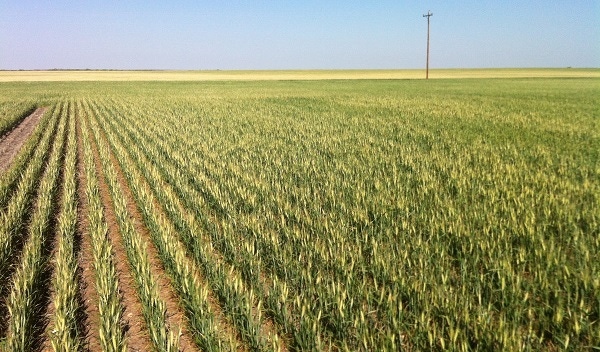April 29, 2014

Two weeks after the late hard freezes of April 14-15, reports of wheat damage from around the state were “pretty close” to what was expected, with most damage occurring in the Central and West Central regions, said Dr. Clark Neely, AgriLife Extension small grains and oilseed specialist, College Station.
Temperatures in the Panhandle and Rolling Plains stayed mostly in the mid-20s, and based on reports from other AgriLife Extension specialists and county agents, wheat there was not as advanced in growth and, therefore, not as likely to have been damaged as it was in the Central and West Central regions, Neely said.
Though the temperatures in Central and West Central regions were higher, hovering around freezing, wheat there was flowering, a growth stage when the crop is most susceptible to freeze damage, he said.
“There’s been some spotty reports of freeze damage in parts of the Blacklands between Dallas and Hillsboro,” Neely said. “I looked at a field north of Hillsboro on Thursday last week (April 22). There was a slope on the field, and at the bottom of the hill, about 50 percent of the heads were blank or sterile; at the top of the field, maybe 10 percent were sterile.”
He also heard, he said, reports from Bosque County that a few fields had been completely wiped out, but there were a lot of fields in the same area that didn’t have any damage.
You May Also Like




